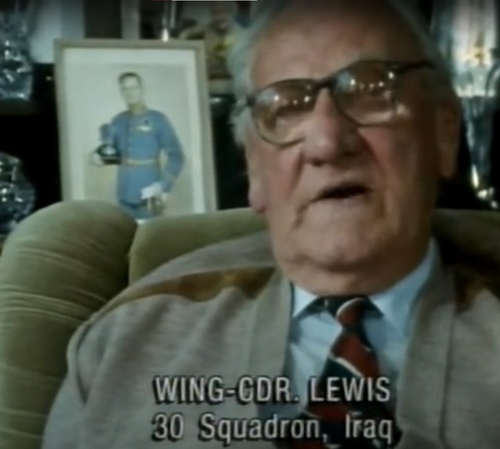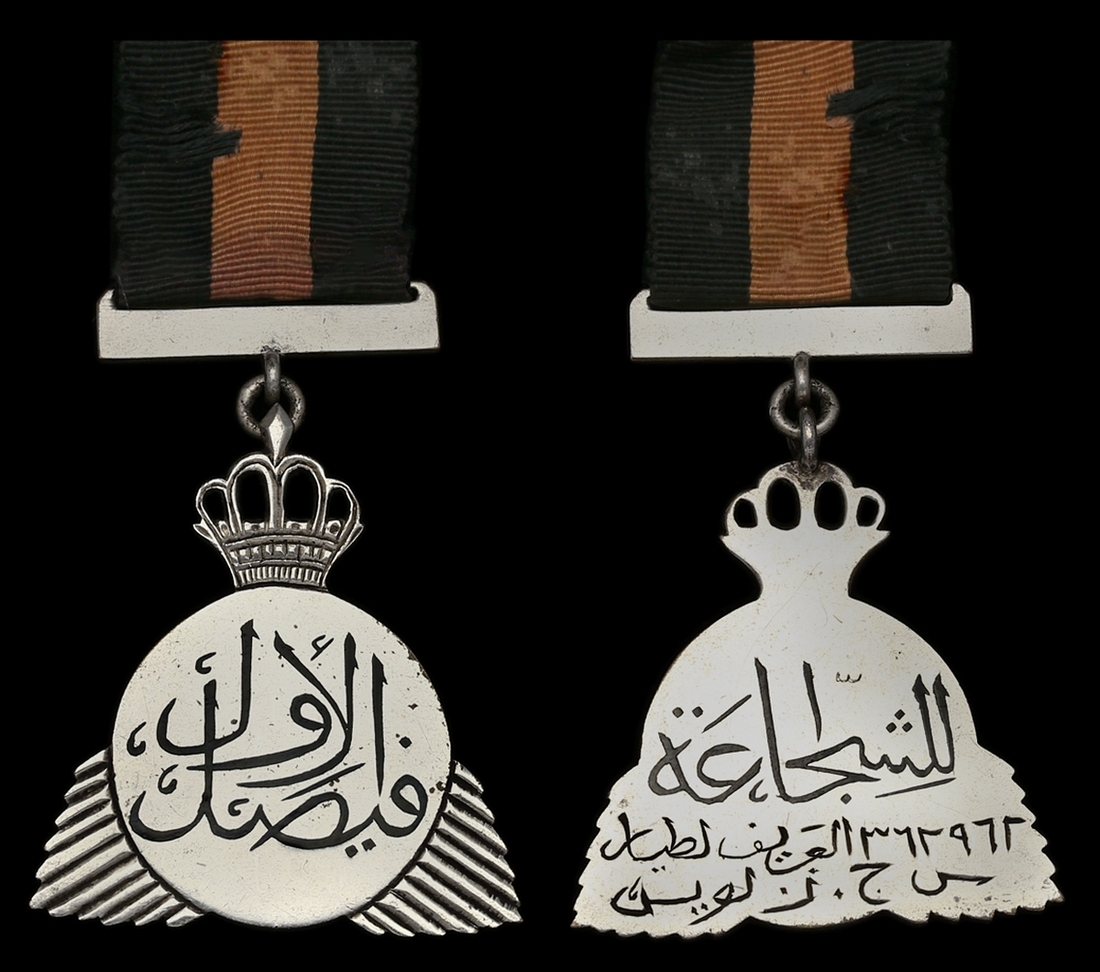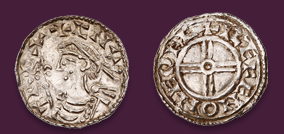Auction: 25002 - Orders, Decorations and Medals
Lot: 230
The Iraq Gallantry Medal awarded to Wing Commander C. G. R. Lewis, Royal Air Force, who was among the first members of the Caterpillar Club, served in all commands of the R.A.F. during his three decade career, and was interviewed in Channel 4's 1992 Secret Histories episode on the R.A.F. in Kurdistan
Iraq, Kingdom, Gallantry Medal, 1s Type, reverse naming engraved in Arabic (translates to '362962 Air Sergeant/C.G.R. Lewis'), 43mm, light contact wear, very fine and rare
One of nine Iraq Gallantry Medals awarded to British personnel serving in the Royal Air Force.
Date of Iraqi award:
Iraqi Government Gazette 25 December 1932, Royal Irada No. 297:
No. 362962 Flight Sergeant C.G.R. LEWIS, 55 Squadron, RAF.
Cyril George Rodney Lewis was born in Plymouth, Devon on 29 January 1907 and was one of seven children to Albert Edward Lewis, a seaman, and his wife Bessie. Lewis became one of the first aircraft apprentices when he joined the Royal Air Force at the young age of fifteen on 12 September 1922 for service as a Boy apprentice. He worked his way through the ranks, serving as a Fitter, an Aircraftman, and later being promoted Leading Aircraftman. He was recommended for airman pilot duties in August 1928 and was deemed fit to learn to fly on 28 January 1929.
Lewis was commissioned as a Pilot Officer on 30 April 1934, and was confirmed in this rank exactly one year later. It was around this stage that he was stationed in Iraq with no. 30 Squadron, where he served as a pilot in the now infamous Kurdish Campaign. His later appearance in Channel 4's Secret Histories series was to be about the R.A.F.'s bombing in Iraq at this time. While posted in Iraq, Lewis became one of the first men to save his own life with a parachute and in doing so joined the early membership of the Caterpillar Club.
He was promoted Flying Officer on 30 October 1935, but was later reduced in precedence to take effect from 21 July 1936 for unknown reasons. Despite this setback, Lewis was promoted Flight Lieutenant on 3 April 1938 and again to temporary Squadron Leader on 21 September 1940. By this point he was stationed in Singapore, where he was serving during the outbreak of the Second World War and was involved in photographic reconnaissance missions. He reportedly flew the last aircraft out of Singapore prior to the Japanese occupation. Shot down over Java, the injured Lewis was taken by hospital ship to Australia where he was joined by his wife Babs and daughter Judith.
He served for a time with the Royal Australian Air Force in the New Guinea Campaign and on 1 July 1943 was promoted temporary Wing Commander. This was to become a permanent position after the war on 1 October 1946. Prior to the close of the conflict, he and his family endured a perilous journey back to England during which four troopships in their company were sunk by enemy torpedoes. After the war, Lewis served around the country and, being stationed for some time at the Edith Weston R.A.F. base, was likely involved with the Berlin airlift. Due to his experience with photographic reconnaissance he served as commanding officer of the School of Photography at Farnborough. His long career with the R.A.F. finally came to an end on 30 September 1954, with his retirement announced in the London Gazette on 5 October.
Following the close of his military career, Lewis moved to Tallington, Lincolnshire where he worked as an engineering manager with Dowmac Products. After retiring from this role in 1963, Lewis and his family moved to Cornwall and later to Clitheroe, Lancashire. He and his wife were residing at Fairfield Drive, Clitheroe when he died at the age of 85 at Queen's Park Hospital in Blackburn. His daughter and his son Richard both followed him into service with the R.A.F.
Lewis appeared on Channel 4's Secret Histories series in the episode 'Birds of Death' which premiered in July 1992, just a few months after his death. The episode featured unseen information and interviews about the bombing of the Kurds by the R.A.F., records of which were supressed from the UK government. Lewis discusses the bombing missions in detail, noting how 'We used to start flying at 7 o'clock in the morning and quite often one would get a signal stating that a certain Kurdish village had to be bombed'.
The full interview and episode may be viewed online at YouTube via the following link: https://www.youtube.com/watch?v=Y4g5pFggpVQ.
Lewis was reportedly also entitled to a General Service Medal 1918-62 with clasp 'Southern Desert, Iraq'. Furthermore, for his South Kurdistan service he appeared in the Iraqi Government Gazette on 6 May 1932 for a Mention in Despatches as Sergeant Pilot; sold together with copied research including London Gazette entries and newspaper clippings.
Subject to 20% VAT on Buyer’s Premium. For more information please view Terms and Conditions for Buyers.
Sold for
£4,800
Starting price
£320







